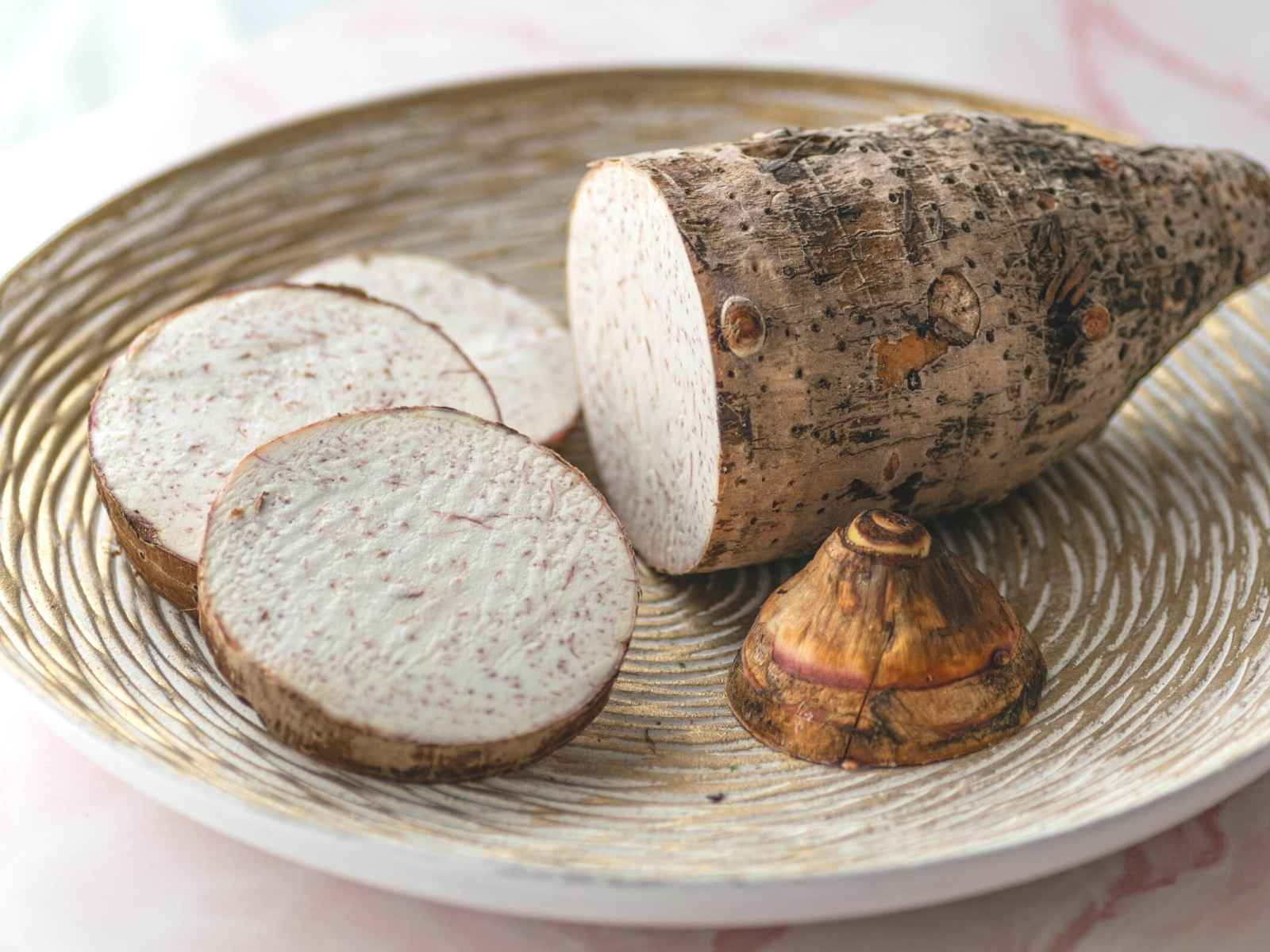
Celtic Sea Salt, also known as gray salt, is a type of unrefined sea salt that is harvested from the Celtic Sea, adjacent to the Atlantic Ocean. This salt is renowned for its high mineral content, which includes essential trace minerals like magnesium and potassium. The traditional harvesting methods employed to gather Celtic sea salt are designed to retain the natural moisture of the salt, ensuring it remains rich in nutrients. These methods, which have been used for centuries, involve slowly evaporating seawater to leave behind salt crystals that are not only flavorful but also nutrient-dense. This salt’s unique characteristics stem from both its geological origin in the pristine waters of the Celtic Sea and the artisanal techniques that preserve its natural state.
The Origin and Production of Celtic Salt
Celtic salt is traditionally harvested from the coastal regions of Brittany, France, where the age-old techniques of salt extraction are still practiced. Artisans gather salt using wooden tools, skillfully hand-raking the crystalline layers that form on the surface of clay ponds. These ponds, specifically designed for salt production, capitalize on the natural evaporation processes driven by the sun and wind. This method, known as traditional salt harvesting, ensures that the salt retains a high mineral content and remains free from additives found in modern industrial salt production. Each season, workers manually collect the salt, adhering strictly to methods that have been refined over centuries in Brittany. This artisan salt production not only preserves the purity of the salt but also supports sustainable practices in the region.
Nutritional Profile of Celtic Salt
Celtic salt stands out due to its unique mineral composition, which contributes significantly to its nutritional value. This mineral-rich sea salt is harvested through traditional methods, ensuring it retains a higher concentration of minerals compared to ordinary table salt. The primary minerals in Celtic salt include magnesium, calcium, and potassium, which are essential for maintaining body balance and overall health.
The health benefits of Celtic salt are notable, particularly because it contains natural electrolytes that aid in hydration and electrolyte balance. Magnesium, for example, is crucial for over 300 biochemical reactions in the body, including nerve function and muscle relaxation. Calcium is vital for bone strength and cardiovascular health, while potassium helps regulate blood pressure and heart function.
In addition to these well-known minerals, Celtic salt is also a source of trace elements such as iron and zinc. Iron is essential for oxygen transport in the blood, and zinc plays a critical role in immune function, protein synthesis, and wound healing. The presence of these trace elements enhances the overall nutritional profile of Celtic salt, making it a superior choice for those seeking a natural and beneficial seasoning option.
Culinary Uses of Celtic Salt
Celtic salt is renowned for its ability to intensify the natural flavors of food, making it a preferred choice for gourmet cooking. This culinary salt, derived from natural sources, adds a refined taste to dishes without overwhelming the original flavors. Chefs often use Celtic salt as the best salt for seasoning because it adheres well to the surface of foods, enhancing taste and texture.
When cooking with Celtic salt, its moisture retention properties play a crucial role. This feature helps in maintaining the juiciness of meats and the crispness of vegetables, contributing to a well-rounded culinary experience. Its ability to preserve food also means that Celtic salt is effective in not only enhancing the taste but also in extending the freshness of ingredients.
As a natural flavor enhancer, Celtic salt is versatile in application. It excels in both cooked and raw dishes, from seasoning a steak to perfecting a salad dressing. Its subtle flavor profile complements the ingredients without masking their original tastes, making it an integral component in the kitchen of anyone seeking to elevate their cooking.
Celtic salt’s role in food preparation is multifaceted. Its benefits extend beyond just adding taste—it also affects texture and freshness, proving indispensable in the culinary world. Whether used in simple home cooking or elaborate dishes, Celtic salt stands out as a superior choice for seasoning.
Celtic Salt vs. Other Salts
Celtic salt, distinguished by its moist texture and gray hue, originates from the coastal regions of France and is harvested using traditional methods. It retains a higher moisture content compared to other salts, which some users find beneficial for cooking purposes.
When comparing Celtic salt to Himalayan pink salt, the primary difference lies in mineral content. Himalayan salt is known for its rich mineral profile, including over 84 minerals and trace elements, giving it a distinctive pink color. Celtic salt, while also mineral-rich, has a different balance, potentially offering benefits that vary slightly due to its lower sodium chloride content.
Table salt, commonly seen in household kitchens, is heavily processed to remove impurities and usually contains additives like iodine and anti-caking agents. It’s nearly 100% sodium chloride. In contrast, Celtic salt and Himalayan salt are less refined, which preserves their natural mineral compositions.
Sea salt is another comparison point, sourced from evaporated seawater and generally less processed than table salt. Like Celtic salt, sea salt undergoes minimal processing, preserving its natural trace minerals. However, Celtic salt’s traditional harvesting techniques might lessen its environmental impact compared to commercially produced sea salts, which often involve more intensive mechanical processes.
Health implications of these different salt types are significant for dietary considerations. While all salts contain roughly the same amount of sodium by weight, the lower sodium chloride content in Celtic and Himalayan salts means they can be consumed in slightly larger quantities, which may be beneficial for those monitoring their sodium intake.
In terms of environmental impact, the traditional methods used to harvest Celtic salt can be seen as more sustainable compared to the modern mining and production methods used for Himalayan pink salt and commercial sea salts. This factor is increasingly relevant to consumers looking for eco-friendly product choices.
Overall, the choice between Celtic salt, Himalayan pink salt, table salt, and sea salt often depends on personal preference, intended use, and health and environmental considerations. Each type offers unique benefits, making them suited to different culinary and dietary needs.
Conclusion
This review of Celtic Salt has highlighted its distinctive qualities and benefits. Known for its sustainable harvesting methods, Celtic Salt represents an eco-friendly choice in today’s market. This salt is not only beneficial for those seeking to make health-conscious dietary choices but also boasts unique culinary applications. The mineral-rich profile of Celtic Salt supports overall wellness, offering a wholesome alternative to regular table salts. Those opting for Celtic Salt can appreciate its role in enhancing flavor naturally while contributing to a healthier lifestyle. This summary of Celtic Salt features should guide consumers in choosing the right salt for both health benefits and environmental sustainability.











